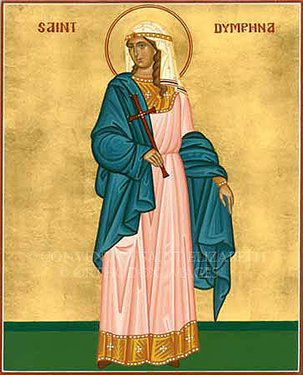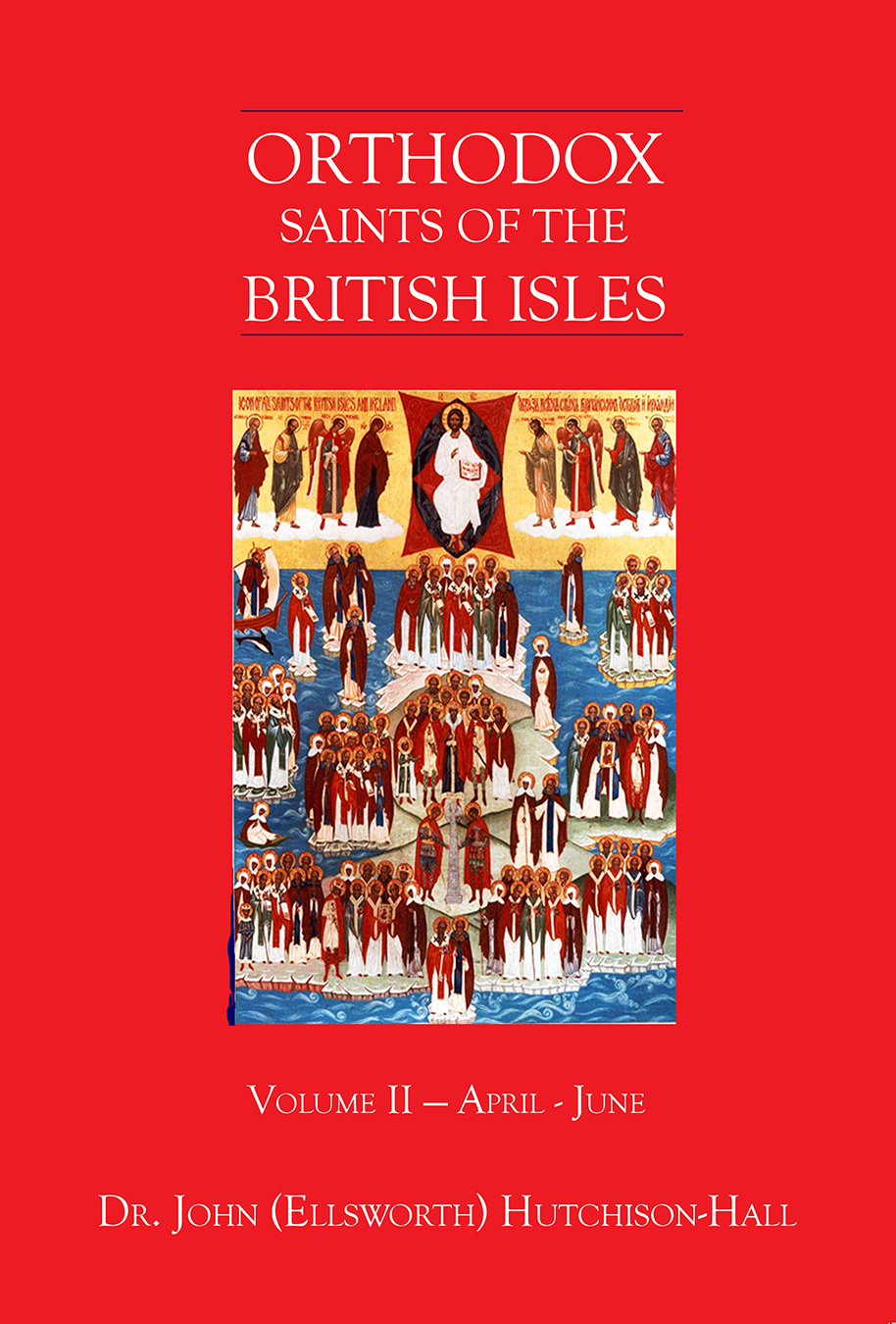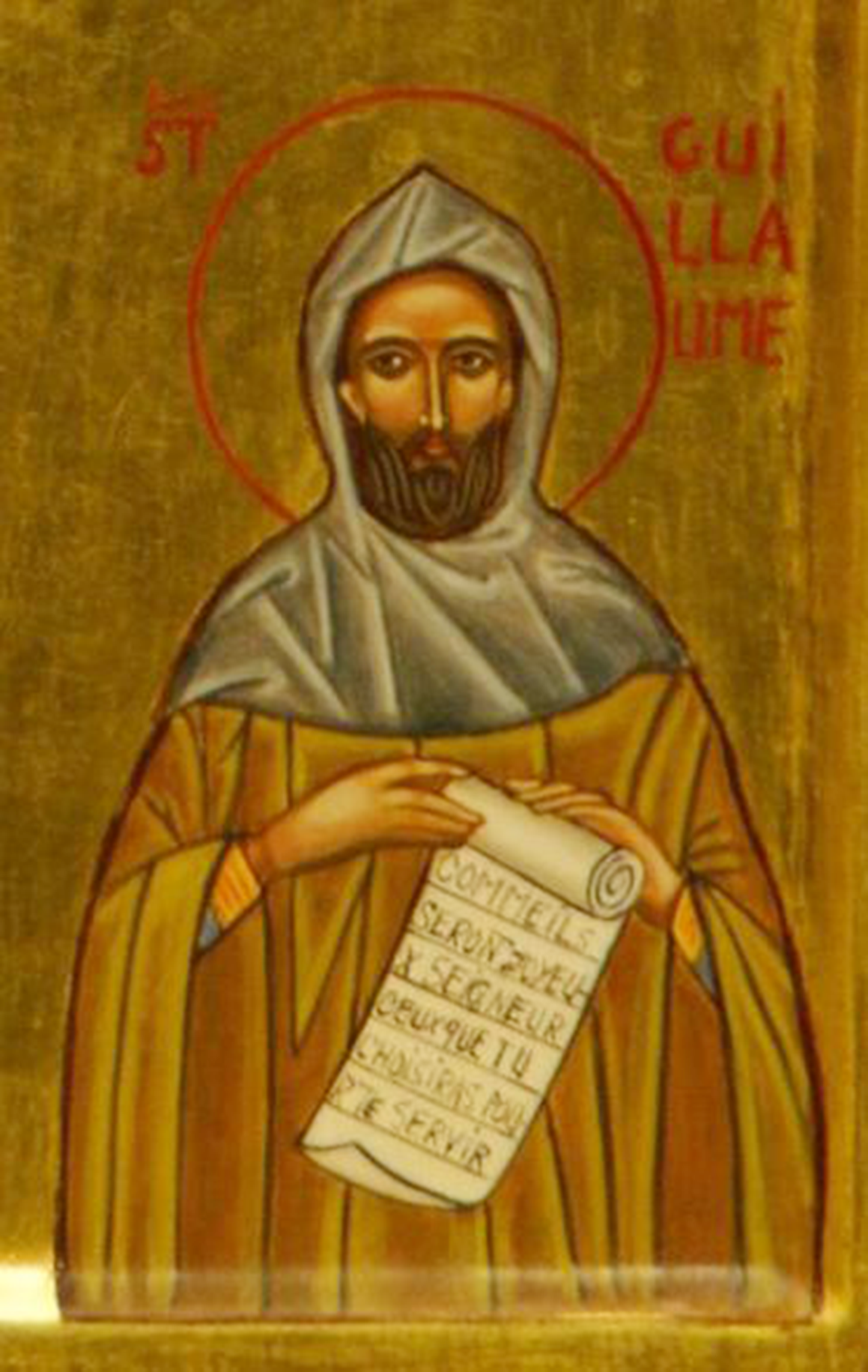
Orthodox Saints of the Pre-Schism
See of Rome
28th May (NS) — 15th May (OS) 2023
BERCTHUN (BERTIN, BRITWIN) of BEVERLEY, when St. John of Beverley (7th May) founded an abbey at Inderawood (present-day Beverley, East Riding of Yorkshire, England), he appointed his disciple St. Bercthun as the first Abbot. Following St. John’s repose St. Bercthun enshrined his remains at Inderawood. St. Bercthun reposed in 733.
BERTHA and RUPERT of BINGEN, (Ninth Century), St. Bertha was a daughter of Duke and Prince of the Franks and Mayor of the Palace, Pepin of Herstal (†714), the wife of a pagan, and mother of St. Rupert. Following the death of her husband, St. Bertha went on a pilgrimage to Rome. Upon returning she sold all her possessions and spent the rest of her life as a hermitess on a hill near present-day Bingen am Rhein in Germany, which came to be known as Rupertsberg. There she was joined by her son, St. Rupert, who later reposed following a pilgrimage to Rome.
CAESAREA of OTRANTO, (Date Unknown), a maiden in southern Italy, who was forced to flee her home in defence of her virtue. St. Caesarea hid in a cave near Otranto, where she seems to have lived as a hermit. The cave later became a popular pilgrimage site.
CASSIUS, VICTORINUS, MAXIMUS, and COMPANIONS, a group of Christians in Clermont (present-day Clermont-Ferrand in central France), said by some sources to have numbered in excess of six thousand. All of whom were martyred, circa 264, by the Teutonic horde who had overrun Gaul (France).
COLMAN MC O'LAOIGHSE, (Sixth Century), St. Colman, also known as St. Columbanus, was a disciple of SS. Columba of Iona (9th June) and Fintan of Clonenagh (3rd January). After spending several years at Iona, he was blessed by St. Columba to return to Ireland as the founding Abbot of a monastery in Oughaval in Co. Laois. St. Columba is said to have had a vision which revealed the time of St. Colman’s repose. He is also the patron of St. Colman of Oughaval Orthodox Church in Stradbally, Co. Laois.
Kontakion of St. Colman Mc O'laoighse — Tone II
Shining bastion of the Faith and warrior against the passions,
O Father Colman, thou art the adornment of Oughaval,
where following the guidance of the great abbots Columba and Fintan,
thou didst establish a monastic beacon to illuminate Leinster.
We honour thee, we hymn thee,
and we praise thy name rejoicing in thy glorious memory.
DYMPHNA (DYMPNA) of GHEEL, (Sixth or Seventh Century), the Christian daughter of a pagan Irish Chieftain, St. Dymphna was forced to flee her homeland to protect her virtue, it seems, against the incestuous advances of her father. Accompanied by her priest and spiritual father St. Gerebern (vide infra), St. Dymphna settled at Gheel, south-east of Antwerp near the present-day border with the Netherlands. St. Dymphna’s father had pursued them and upon finding them, beheaded both Saints. The site of her martyrdom has long been a place of pilgrimage and the miraculous healings of people suffering from mental illness. St. Dymphna is the patron saint of those who suffer from mental illnesses and nervous system disorders, epileptics, mental health professionals, incest victims, and runaways.
GEREBERN (GEREBERNUS, GEREBRAND), (Sixth or Seventh Century), an Irish priest and spiritual father of St. Dymphna (vide supra). St. Gerebern accompanied St. Dymphna when she fled Ireland, and was beheaded along with her. St. Gerebern is patron-saint of the village of Sonsbeck in North Rhine-Westphalia, Germany, where his relics (with the exception of his head, which is in Gheel, Belgium) are enshrined.
HILARY of GALEATA, a hermit near the River Ronco in present-day Italy. St. Hilary, together with a few fellow hermits, built an abbey at Galeata in the present-day Emilia-Romagna region of Italy. The abbey was later called the Abbey of St. Hilary (Abbazia di Sant'Ellero). St. Hilary reposed in 558.
RHETICUS (RHETICIUS, RHETICE) of AUTUN, the first recorded Bishop of Autun (Saône-et-Loire, France). St. Rheticus served from circa 310 until his repose in 334. His feast is listed almost equally as 15th May or 20th July, depending upon the source.
SIMPLICIUS of SARDINIA, the first Bishop of Gallura in north-east Sardinia. St. Simplicius was martyred in 304 during the Diocletianic Persecution by being buried alive.
TORQUATUS, CTESIPHON, SECUNDUS, INDALETIUS, CAECILIUS, HESYCHIUS, and EUPHRASIUS, (First Century), seven disciples who were consecrated bishops and then sent by the Apostles to evangelise Hispania (Spain). St. Torquatus established his See at Cadiz, and the others each choosing a prominent city for theirs. Whilst no reliable information on their activities are extent, it seems their mission was quite fruitful, bringing many to Christ.
WALDALENUS of BÈZE, (Seventh Century), the founder of the Abbey of SS. Peter and Paul of Bèze (abbaye Saint-Pierre, Saint-Paul de Bèze — Bèze Abbey). St. Waldalenus was the son of SS. Rictrudis (12th May) and Adalbald (2nd February), and brother of SS. Maurontius (9th January), Eusebia (20th September), Clotsindis (30th June) and Adalsindis (25th December).
Get your copy of Orthodox Saints of the British Isles today.
Available at Amazon or your favourite e-bookstore.
ÆMILIAN, ÆMILIUS, EMILIUS, FELIX, LUCIAN, and PRIAMUS, Martyrs of Sardinia, (Date Unknown), six Christians in Sardinia to whom a church is dedicated. Though most probably martyrs, nothing beyond their names is known.
CARAUNUS (CERAUNUS, CHERON) of CHARTRES, (Fifth Century), following the repose of his parents, St. Caraunus liquidated his estate and distributed all the proceeds to the poor. He then left the world and lived as a hermit. His reputation for holiness of life spread far and wide, eventually reaching the diocesan bishop, who then ordained St. Caraunus to the diaconate. The newly ordained deacon then dedicated the rest of his life to missionizing areas of Gaul (France) where the Faith has all but vanished. St. Caraunus was killed by bandits near Chartres (south-west of Paris).
CRESCENS, DIOSCORIDES, PAULUS (PAUL), and HELLADIUS of ROME, four devout Christians in Rome, who were scourged and then burned to death, circa 244, for preaching the Gospel.
GERMANUS (GERMAIN) of PARIS, ordained to the priesthood by St. Agrippinus of Autun (9th July), and elected Bishop of Paris in 554. By the good example of his life, St. Germanus brought many back to Christ, even Childebert I, King of Paris (r. 511–558) who had been living a life of sin. The King built the Abbey of St. Vincent and the Holy Cross/ abbaye Saint-Vincent et Sainte-Croix (later the Abbey of Saint-Germain-des-Prés / abbaye Saint-Germain-des-Prés) for St. Germanus, where King Childebert was buried following his repose in 561. St. Germanus continued as Bishop of Paris until his repose 576, and was buried in a forecourt chapel at the Abbey of St. Vincent, his relics were later translated to a place behind the altar of the abbey church.
JUSTUS of URGELL, (Sixth Century), the first recorded Bishop of Urgell in Catalonia (north-eastern Spain), St. Justus authored a commentary on the Song of Solomon, attended the Second Council of Toledo which was held in 527. St. Justus is one of the viri illustres whom St. Isidore of Seville (4th April) wrote a Life.
PODIUS of FLORENCE, consecrated the sixteenth Bishop of Florence (Italy) in 990, serving until his repose in 1002. St. Podius’ episcopate is remembered for the work he did for the good of his See.
SENATOR of MILAN, a Milanese priest who was sent as a Papal Legate to the Fourth Œcumenical Council in 451. St. Senator was consecrated the twenty-second Bishop of Milan (Italy) in 472 and was Prelate of that See until his repose in 480.
WILLIAM of GELLONE, the second Count of Toulouse (south-west France), St. William was a cousin of Charlemagne, King of the Franks (r. 768–814), grandson of Mayor of the Palace of Austrasia Charles Martel (†741), and a career soldier. Following his retirement, St. William founded the Gellone Abbey / abbaye de Gellone (later the Abbey of Saint-Guilhem-le-Désert / abbaye de Saint-Guilhem-le-Désert) in Hérault approximately 27 km/17 mi north-west of present-day Montpellier near the south coast of France. St. William reposed in 812.
Prior to the Schism the Patriarchate of Rome was Orthodox, and fully in communion with the Orthodox Church. As Saint John of Shanghai and San Francisco +1966 said “The West was Orthodox for a thousand years, and her venerable Liturgy is far older than any of her heresies”.
Details of British Saints excerpted from Orthodox Saints of the British Isles.
Details of continental saints from these sources.
In many cases there are several spelling versions of the names of saints from the British Isles. I use the Oxford Dictionary of National Biography version as the primary version with the more prevalent version in parenthesis e.g. Ceadda (Chad) of Lichfield.




